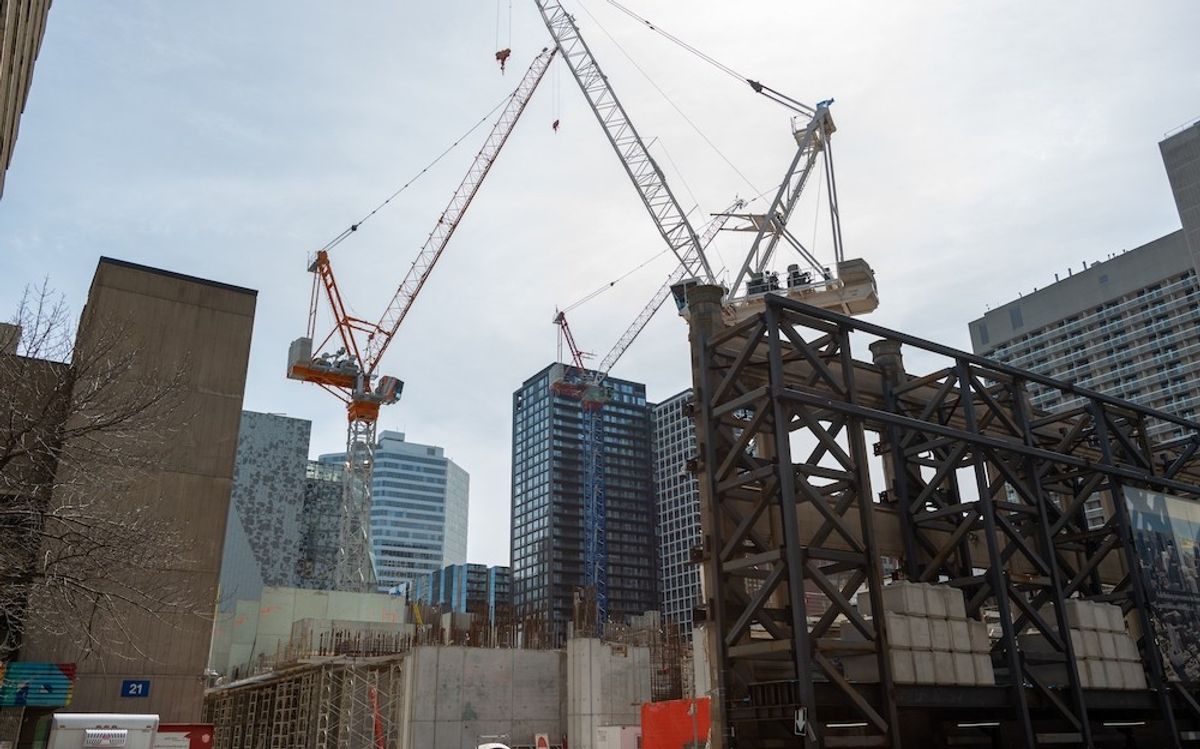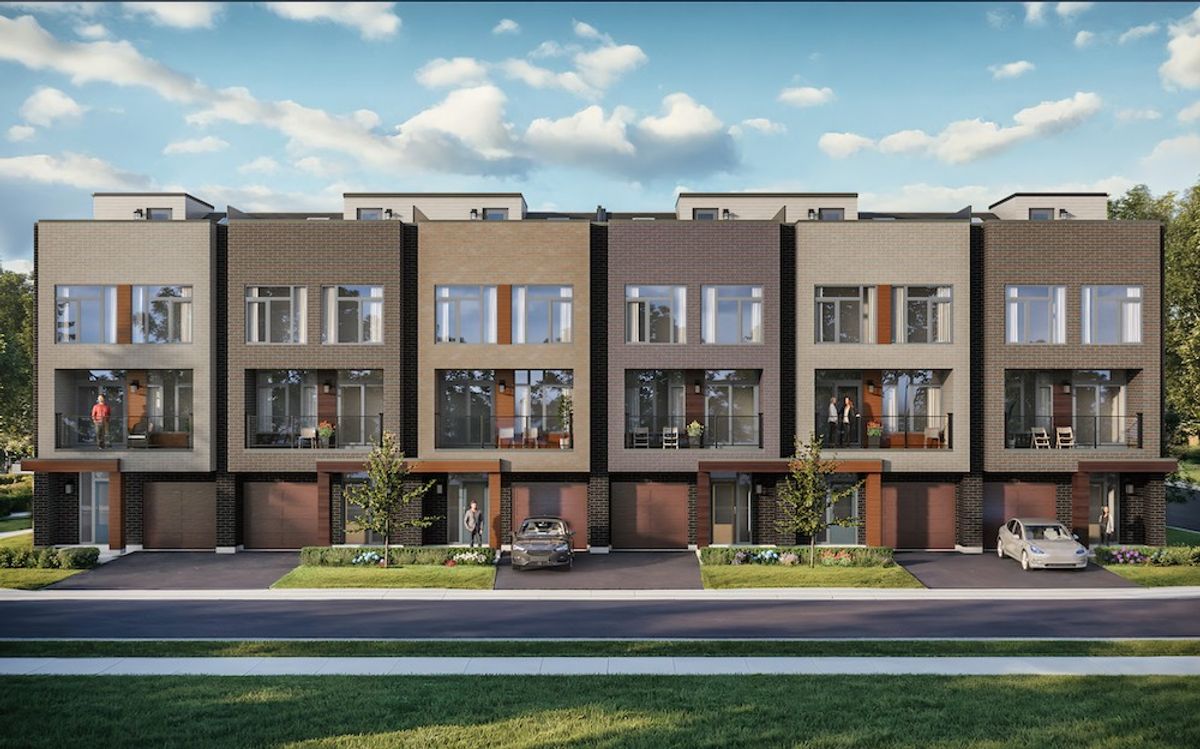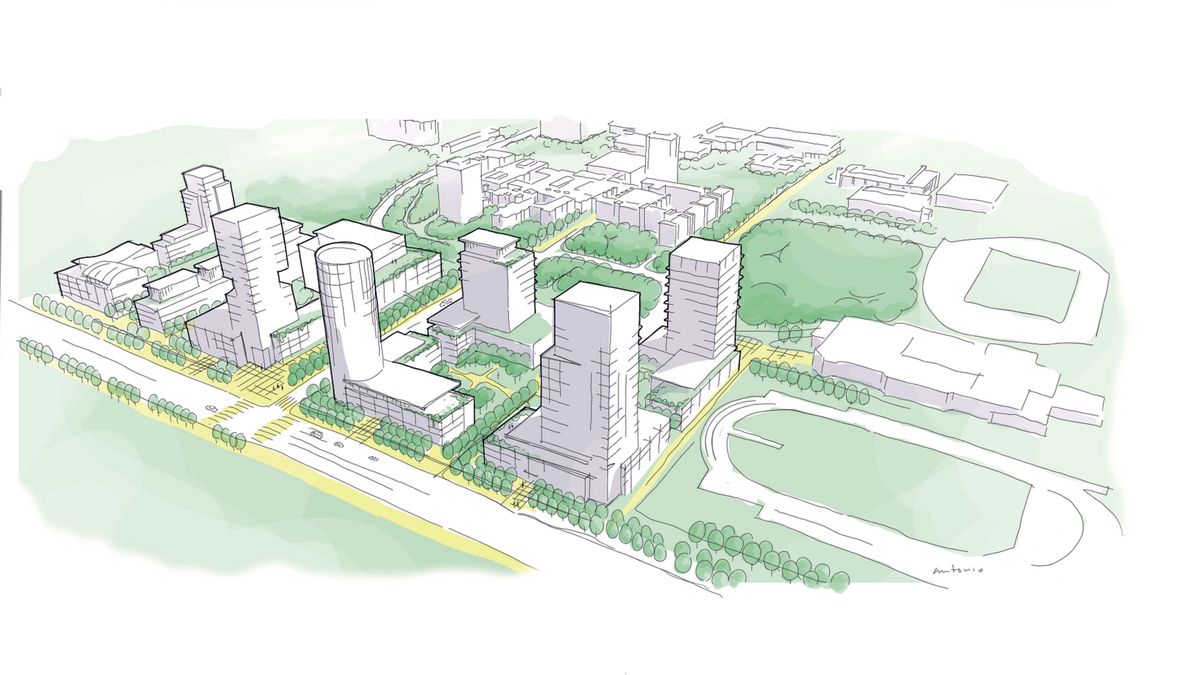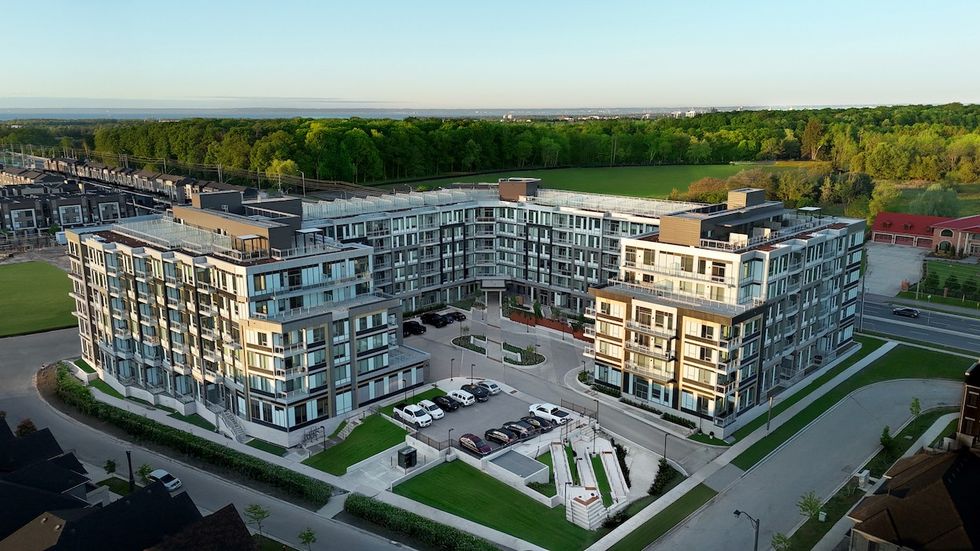This article was submitted by John DiMichele, CEO, Toronto Regional Real Estate Board (TRREB).
The events south of the border demonstrate that Ontario must double down on its efforts to build more homes.
On its own, Ontario’s homebuilding outlook should demand bold action from Queen’s Park. Coupled with uncertain US-Canada trade relations, the need to build more homes is even greater. Housing policy must become part of our plan to protect the province from the US administration tariffs and become a pillar of Ontario’s future economic competitiveness.
Housing policy has not, historically, been part of the province’s industrial strategy. When Ontario announced historic investments in electric vehicle (EV) manufacturing facilities, for example, there were no corresponding policy initiatives to ensure that housing supply would meet the increased demand in those communities. In fact, in cities like Windsor — where new EV investments are expected to create thousands of jobs — local governments are considering tax increases on housing. It is time to recognize that housing is just as essential to Ontario’s economic success as roads, transit, and energy infrastructure.
During the global COVID-19 pandemic, the real estate industry continued to support home buyers and sellers as an essential service, one of Ontario's primary economic engines. The US tariffs demand an all-hands-on-deck response. Housing and real estate have already proven to be among the few beacons of hope during the challenging years of the pandemic, sustaining our economy, and we should ensure this industry remains strong to help Ontario recover again.
Treating housing policy as central to our economic competitiveness makes sense for many reasons. For businesses, housing affordability is a major barrier for companies looking to expand or relocate their operations to Ontario. High housing costs generate higher wage demands from workers, making Ontario-produced goods and services less competitive in the global economy. If our province wants to attract reshoring opportunities and foreign direct investment in manufacturing and trade-related industries, it must expedite the building of more affordable communities for workers. A strong, pro-housing policy signals to investors that Ontario is open for business.
Building more homes for all income levels is also good for workers. Tariffs threaten manufacturing and industrial jobs, making it critical to retain and attract a skilled workforce. Without attainable housing near major employment hubs, workers are forced to relocate, leading to labour shortages that weaken Ontario’s ability to respond to economic disruption. A strong housing market with a range of options across the entire housing spectrum ensures that businesses can retain and attract the talent they need to remain competitive.
Finally, putting housing affordability at the centre of our economic competitiveness will make Ontario more productive. Housing shortages push workers farther from job centres, increasing commute times, congestion, and strain on transit systems as families move farther out in search of affordable housing. Wasting time on the road and in transit, instead of at the office or plant reduces productivity and disrupts Ontario’s supply chain. Integrating housing policy with efforts to strengthen the manufacturing sector will ensure workers live closer to employment hubs, reducing congestion from our highways and improving supply chain efficiency.
So, what can the Ford government do? First, leadership must come from Queen’s Park. Thankfully, Ontario already has a blueprint for improving housing affordability. The province’s 2022 Housing Affordability Task Force report includes many recommendations that have yet to be implemented. Acting on these recommendations would increase housing starts and lower costs for homebuyers through initiatives such as ending exclusionary zoning and expanding as-of-right zoning permissions in urban communities where they are needed.
Additionally, the province must take steps to implement fair taxes on Ontario homes, starting with reducing municipal development charges (DCs) and land transfer taxes (LTT). In recent years, DCs have skyrocketed in cities across Ontario, in many cases adding well over $100,000 to the final purchase cost of a new home, which suppresses supply and reduces affordability. LTT adds an upfront cost of approximately $18,000 at the provincial level and another $18,000 in the City of Toronto on an average-priced home. Finally, Ontario must reform the Landlord and Tenant Board (LTB). Clearing the backlog at the LTB will encourage more rental housing development, helping to lower rents for tenants and workers.
The US administration’s tariff threat demands an all-hands-on-deck response, and that includes building more homes for workers. Premier Ford has shown bold leadership in protecting Ontario against the tariff threat. However, without continued leadership from Queen’s Park, high housing costs will continue to choke investment and weaken Ontario’s economic resilience. Protecting Ontario must include making housing a cornerstone of our economic competitiveness and ensuring our province remains a place where people can achieve the Canadian dream of homeownership.


















